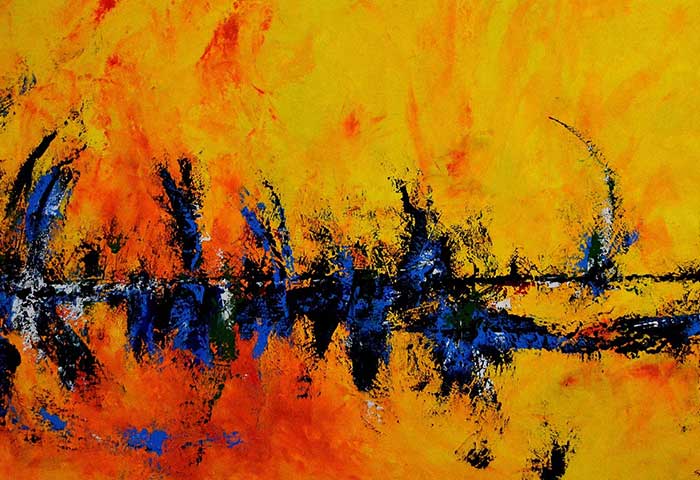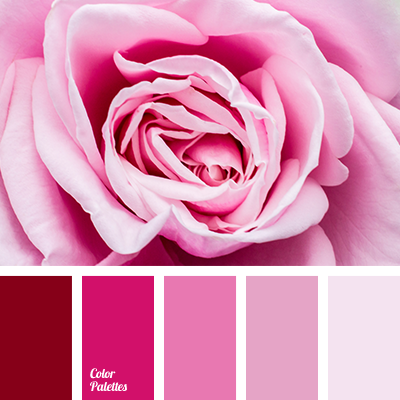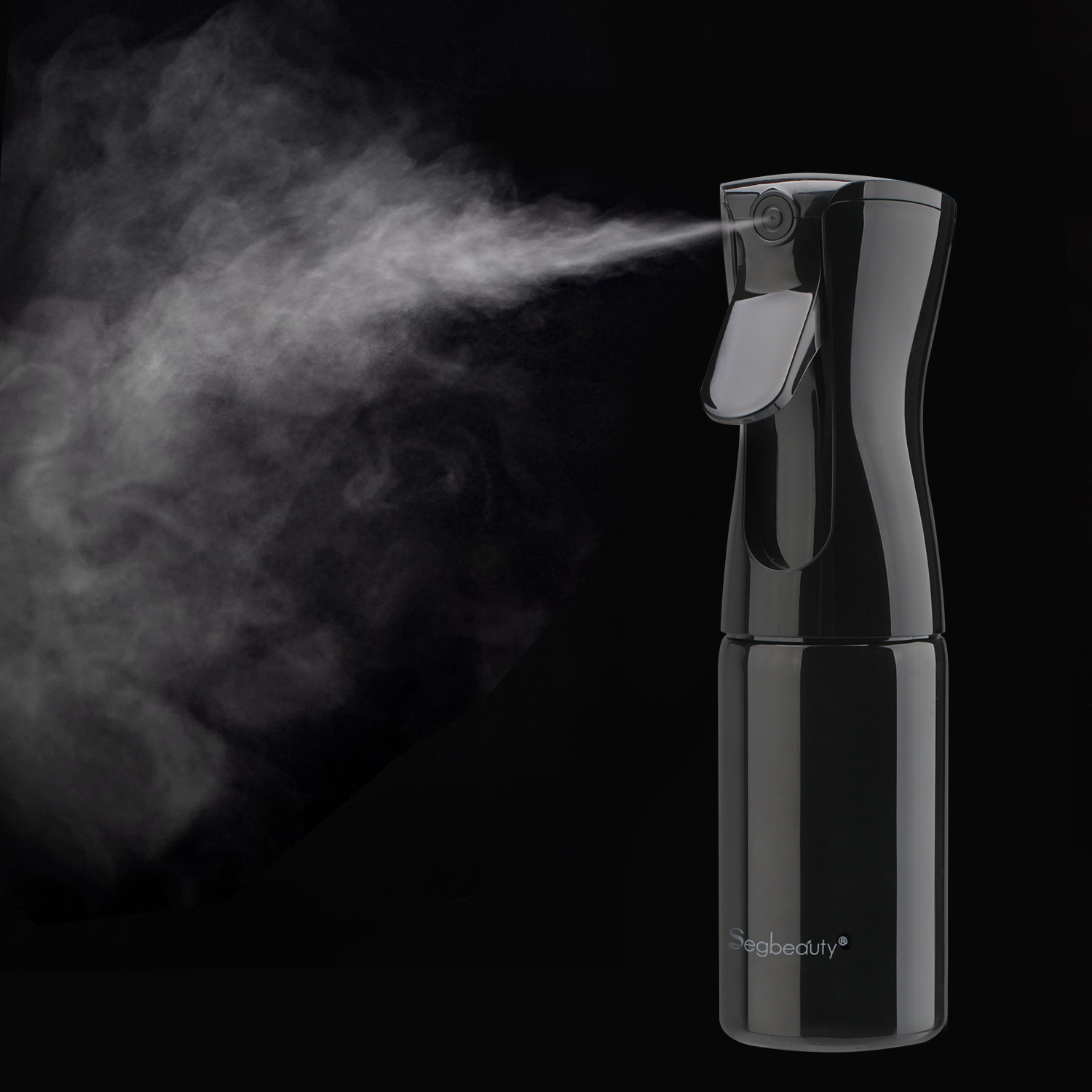Acrylic Painting Singapore

Painting is a timeless art form with traditional roots spanning thousands of years. Acrylic painting, a modern innovation from the last century, adds a fresh perspective to the art world.
Whether you’re beginning your creative journey or building upon years of prior art experience, acrylic painting offers a medium that is versatile and forgiving.
Understanding colour theory is essential for mastering the art of acrylic painting, as it guides artists in choosing palettes that convey their desired emotions and themes.
Now that you have acrylic paint, a canvas, and paint brushes, you’re ready and inspired to paint.
With its beginner-friendly approach, acrylic painting serves as an inviting gateway to the expansive world of artistry and creativity.
Quick Summary
- When selecting acrylic paints in Singapore, consider their pigment density, drying time, and the range of colors available to ensure a vibrant and lasting artwork.
- Experimenting with different mediums can significantly enhance the texture and depth of acrylic paintings, offering artists in Singapore a wide canvas of creative possibilities.
- Understanding basic techniques such as blending, layering, and texturing is key to mastering acrylic painting.
What is Acrylic Painting?
Acrylic painting is a versatile art form using fast-drying acrylic paint, allowing for swift work and layering of colors. It offers various textures and effects, adaptable to different styles and techniques, making it popular among artists of all levels.
Best Tips and Techniques in Acrylic Painting in Singapore
Acrylic Painting Techniques
Acrylic painting is favored for its vibrant colors, clean lines, and precise brushwork. It offers versatility on different surfaces and when combined with other mediums. Various techniques are used to achieve a visually dynamic painting with a mix of hard and soft textures.
1. Drybrush
Fairly easy to do, this technique involves using a dry brush to apply paint straight from the tube to the canvas. This creates a bold stroke of color with scratchy, uneven movements due to the lack of water softening the edges. Dry-brushing can yield a deliberate textured effect. Ensure your brush is very dry and well-loaded with paint for the best results.
2. Stippling
This popular drawing technique involves creating a series of minuscule dots, commonly seen in landscape art.
To master this method, the artist meticulously places a multitude of tiny dots, adjusting the shading intensity based on the proximity and density of the dot clusters. Additionally, the artist employs various colors to enhance the perception of depth and realism.
3. Splattering
Splattering is a lively technique where the artist’s energy creates an unpredictable aesthetic. Use a wet brush to flick or splatter paint onto the canvas for a unique effect. Stencils can help control the paint’s placement. Ideal for abstract landscapes, starry nights, or adding texture.
4. Washing
Acrylic paint boasts a remarkable quality – its versatility in consistency. It can be layered on thickly for depth or applied delicately to achieve a sheer, subtle tint. By diluting it adequately, you can achieve a softness akin to watercolor, yet with the advantage of permanence unique to acrylics.
To master this technique, blend your paint with water for a translucent wash. Experiment with a blend of wash and dry brush methods to create a captivating piece rich in textures.
5. Dabbing
Similar to its name, dabbing is a technique employed to delicately apply splashes of color onto a canvas. Using a stiff bristle brush or paper towel, gently press the paint with swift, light strokes. For added dimension, layer the colors. Dabbing infuses vitality into your artwork and is commonly utilized to depict foliage like greenery or bushes, such as the leaves on trees.
6. Sponging
Similar to dabbing, sponging involves using a cellulose sponge to apply paint in a springing motion, creating an irregular, textured pattern. It is a fantastic painting technique for beginners, as it is visually appealing, particularly effective for foliage, and difficult to go wrong with. Dabbing is commonly employed by artists seeking to capture fleeting, momentary effects produced by the sponge’s uneven surface, in contrast to realism.
7. Palette Knife
Though slightly more advanced, this method provides an effortless means to introduce texture to your painting’s surface, enhancing the creation of expansive, smooth layers.
To achieve this effect, apply a generous layer of paint onto your canvas using a palette knife, akin to spreading frosting on a cake.
The Palette Knife technique is versatile across various paint mediums, imparting texture and depth to enrich the canvas’s surface.
8. Detailing
Frequently employed as an artist nears the finish of an artwork, detailing demands precision and control. Utilizing a small, fine brush, meticulously add details and refine lines as necessary. This practice is commonly executed to craft specifics like sharp, lifelike elements. For instance, intricate flowers in a landscape or other minute features that warrant meticulous care.
9. Glazing
A glaze is a delicate, translucent film that, when combined with acrylic paint, produces a vibrant, luminous color and texture on the surface. By overlaying a transparent glaze atop an opaque paint layer, you can achieve a stunning stained-glass effect that is both unique and visually captivating.
For paintings that demand attention, consider incorporating a matte medium. When mixed with paint, a matte medium imparts new qualities to the paint, enhancing the depth and complexity of your artwork.
10. Layering

Layering encompasses various techniques beyond painting. In acrylic painting, layering is a prevalent method that enhances the perception of depth. The process is straightforward: apply paint in successive layers, starting from the base and progressing upwards. Initially, paint broad color blocks as washes, then refine with additional layers. Begin with the background layer and work your way up. Unlike watercolors, acrylics form insoluble films as they dry, allowing for layering without disturbing underlying colors.
Acrylic Painting Tips
11. Choose the Proper Brushes

Choosing the right tools is crucial for enhancing the quality of your acrylic painting. Ensure you have a range of brushes, from small to large, to apply various techniques effectively. Use a stiff-bristled brush for thick paint layers and a soft-bristled one for watercolor effects like washing. A Filbert paint brush is a versatile option, offering straight or round strokes based on your requirements.
12. Underpainting
Prior to painting, sketch the image in paint. Opt for a color contrasting with your envisioned palette; this facilitates painting over the underpainting effortlessly. With opaque acrylics, you can conceal the underlying paint completely. Yet, you may also allow sections of the underpainting to peek through for a dimensional touch.
13. Master Your Mixing
Experienced artists may find mixing techniques straightforward, yet there are opportunities to infuse creativity that can significantly enhance your artwork. Begin by mastering the color wheel to blend with accuracy and assurance.
Displayed in the diagram, different color groups exist:
- Analogous colors are three adjacent colors on the wheel, harmonizing well due to their shared tones.
- Complementary colors lie opposite each other, creating striking contrasts for a dynamic effect.
- Monochromatic schemes stem from a single hue.
- Triadic schemes involve colors evenly spaced around the wheel.
For optimal outcomes, blend colors using a palette knife, plastic knife, or an extra brush. Moreover, consider crafting a range of mixed hues to introduce richness to your artistic creations.
14. Paint in Blocks of Color

A fantastic technique for beginners involves tracing the image and dividing it by color or tone into distinct shapes. Subsequently, fill in these shapes as though you are creating your personalized paint-by-numbers artwork. This straightforward approach works well with monochrome palettes or a diverse range of colors.
15. Partially Mix Colors Before Painting
Rather than thoroughly blending the two colors, lightly stir them with your palette knife. Then, utilize the partially mixed colors for painting. This approach will result in a captivating blend of colors on your canvas as you apply the paint.
16. Create a Family of Colors

Opt for a color palette in your painting to craft nuanced differences. Whether refining skin tones or exploring shades of red, preparing a set of tones beforehand can greatly simplify your painting process.
17. Have a Mister Close By

As acrylic paints dry quickly, you can maintain their moisture by spritzing them lightly with a mister. Dilute them with water using a mister to achieve a watercolor-like paint, ideal for replicating the washing technique.
18. Protect with a Varnish
When finished with a painting, use a varnish to create a protective film that safeguards against dust and other harmful determinants like ultraviolet rays.
You can use a non-acrylic material if you wish to remove the layer in the future.
Key considerations
- Workspace Setup: Ensure your painting area is well-ventilated and lit, preferably with natural light. A tidy, organized workspace also contributes to a more enjoyable and efficient painting experience.
- Quality of Materials: Invest in high-quality acrylic paints, brushes, and canvases. Superior materials can significantly impact the durability and appearance of your finished artwork.
- Painting Surface Preparation: Before beginning your project, properly prime your canvas with gesso. This will help the paint adhere better and give your artwork a more professional look.
- Moisture Control: Acrylics dry quickly, so keeping a spray bottle on hand to periodically mist your palette can help extend the working time of your paints.
- Practice Techniques: Regularly practice various painting techniques like blending, glazing, and dry brushing to develop a versatile skill set.
- Experiment with Mediums: Incorporating different acrylic mediums into your work can open up new textures and effects, enhancing the depth and intrigue of your paintings.
- Take Breaks: Don’t forget to step back and take breaks during painting sessions. This not only helps reduce fatigue but can also provide new perspectives on your work.
- Learn from Mistakes: Every painting is a learning opportunity. Don’t be discouraged by mistakes; instead, view them as a chance to grow and refine your technique.
- Document Your Process: Keep a journal or photographic record of your painting process. This documentation can be invaluable for tracking progress, reflecting on techniques, and planning future projects.
Acrylic Painting Singapore
In essence, while it’s beneficial to try out traditional techniques, don’t confine yourself to just the basics. Experiment; blend and match these methods, discovering painting styles that resonate with you.
As you hone your skills, you’ll see your techniques evolving into your own distinctive approach to artistry.
If you seek a tranquil and creative space to engage in art while fostering strong bonds with your family, friends, and peers, consider joining our Art Jamming Workshop! Materials provided, including a color chart for guidance and sample images for inspiration. Just bring yourself!
If you want to read more interesting articles, follow the links below:
- Acrylic Paint Guide for Beginners (2025)
- Easy Painting Tips for Beginners: Art Jamming (2025)
- Must-Know Art Jamming Painting Tips For Beginners (2025)
Frequently Asked Questions (FAQs)
If you have any questions about Acrylic Painting in Singapore, you can refer to the frequently asked questions (FAQ) about the Acrylic Painting in Singapore below:
What are the best art jamming workshops providers in Singapore?
The best art jamming workshop providers in Singapore include FunEmpire, Art Jamming Singapore, Team Building Singapore, and FunWorkshops.
What is the average cost of acrylic painting?
Acrylic Canvas Painting Prices Offered by Top Manufacturers in the Delhi
Samadder Art & Crafts ₹1200.00
V.K. SHARMA & CO. ₹60.00/Square Feet
HIGH END INC ₹1500.00
How much should an acrylic painting be?
The average acrylic painting cost is from $30 to $60 for every square inch, depending on the size of the artwork.
Which company is best for acrylic painting?
Camel Acrylic Paints. Camel is one of the most popular brands when it comes to paints and colours. …
Pidilite Acrylic Paints. After Camel, if there is a brand that we have trust in, that is Pidilite. …
Faber-Castell Acrylic Paints. …
BRUSTRO Acrylic Paints. …
Ohuhu Acrylic Paint.
Is acrylic expensive or cheap?
Cheap acrylic paints are definitely dirt cheap but are also less vibrant and have a limited range of colors. They can vary in consistency and don’t blend or mix very well. They also don’t give you much time to work with and tend to fade or change color as time passes by.
Where can I find acrylic painting ideas to inspire my next project?
For those looking for inspiration or guidance on their next piece, there are various resources available online and in fine arts literature. Websites dedicated to art tutorials, social media platforms like Instagram and Pinterest, and art workshops often showcase a variety of acrylic painting ideas suitable for artists at all skill levels.
Can acrylic paintings be combined with oil painting techniques?
Yes, but with caution. Acrylic paints are water-based, making them fundamentally different from oil paints, which are oil-based. Artists can apply acrylic paints as an underlayer and then work with oils on top once the acrylic paint is dry. This method leverages the fast-drying nature of acrylics while allowing for the rich texture and blending capabilities of oil paints. However, it’s important not to mix the two types of paint directly due to their incompatible bases.
What are the benefits of applying an isolation coat to my acrylic painting?
An isolation coat is a clear, water-resistant layer applied between the painted surface and the varnish. This coat serves multiple purposes, including protecting the paint surface, making the varnish layer easier to remove if needed, and ensuring the colors beneath remain vibrant and unaffected by the varnish. It’s a crucial step for preserving the quality of your artwork over time.
Why is it important to work quickly with acrylic paints?
Acrylic paints are known for their fast drying time, which can be both an advantage and a challenge for artists. Working quickly is essential to blend colors effectively on the canvas before they dry. This characteristic of acrylic paints encourages efficiency and decisiveness in technique but can be mitigated by using retarders or keeping a mister handy to prolong the paints’ workable state.
How can I further my skills in acrylic painting?
Enrolling in an acrylic painting course is an perfect way to improve your skills, learn new techniques, and connect with other art enthusiasts. Many art schools and studios offer courses and art workshops for all levels, providing structured learning and hands-on experience under the guidance of experienced artists. Additionally, online courses offer flexibility for those with busy schedules, making it easier than ever to pursue your passion for painting.



